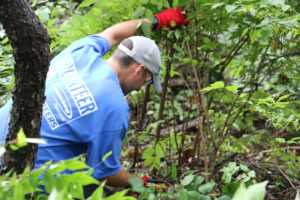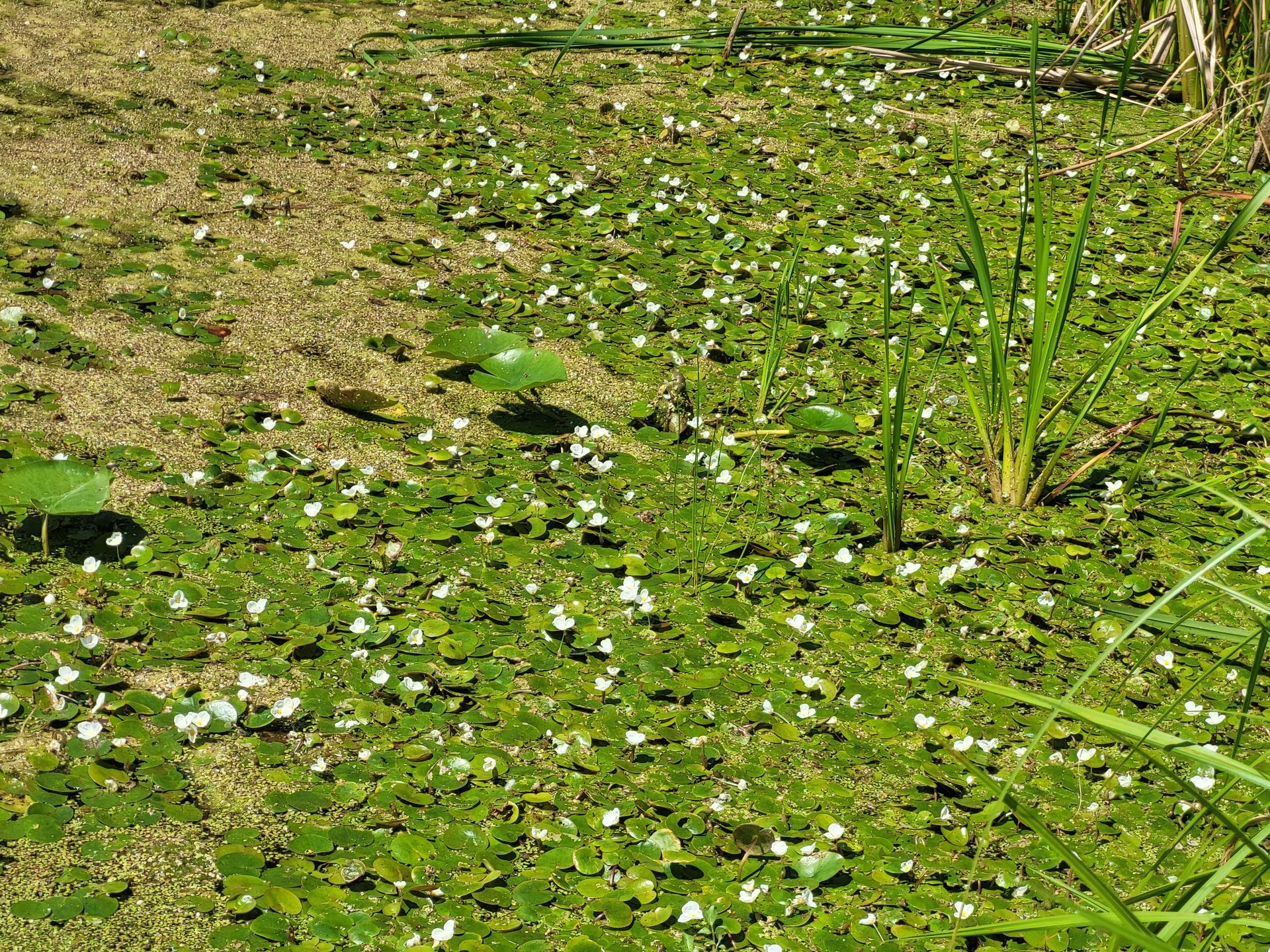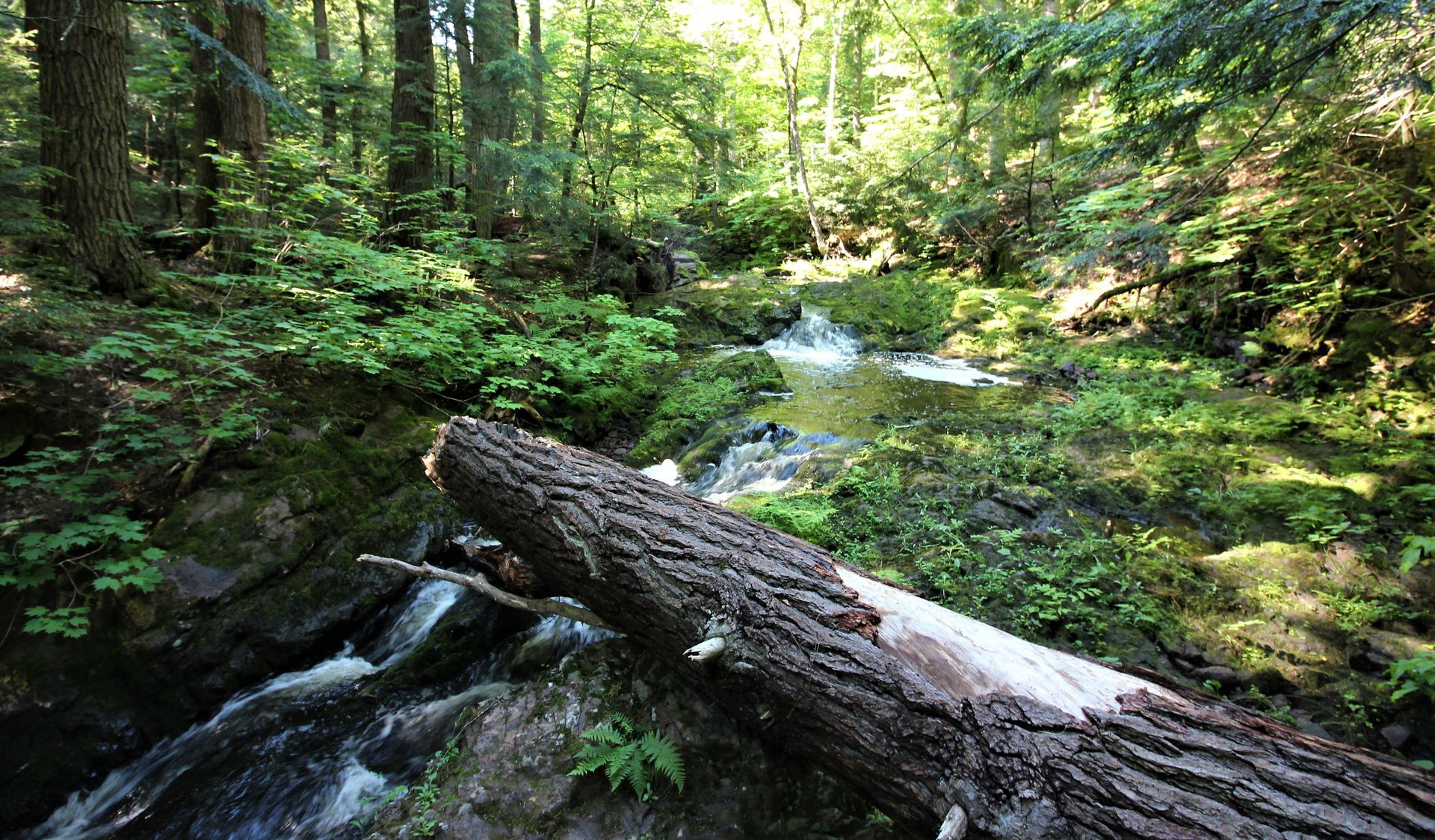New Resource Available for Managing Woody Invasive Species
 A new website launched by the Midwest Invasive Plant Network called the Woody Invasives of the Great Lakes Collaborative (WIGLC) aims to assist landowners and interested members of the public in identifying and managing woody invasive species on their property and beyond. Many woody invasive species can have a similar appearance to beneficial native woody plant species, and it is critical to be able to differentiate between the two to ensure healthy habitat. This new website provides in-depth woody invasive species profiles that walk you through proper identification with photos, how and in what regions of the state they are regulated, native look-alikes and detailed management options.
A new website launched by the Midwest Invasive Plant Network called the Woody Invasives of the Great Lakes Collaborative (WIGLC) aims to assist landowners and interested members of the public in identifying and managing woody invasive species on their property and beyond. Many woody invasive species can have a similar appearance to beneficial native woody plant species, and it is critical to be able to differentiate between the two to ensure healthy habitat. This new website provides in-depth woody invasive species profiles that walk you through proper identification with photos, how and in what regions of the state they are regulated, native look-alikes and detailed management options.
There are currently 28 woody invasive species identified and managed across eight Great Lakes states and the Canadian Province of Ontario. Some of the most common and difficult to manage include glossy buckthorn, autumn olive and black locust. These woody invasives, like many others, are able to outcompete native plants for resources and often take over vast areas of land. Aside from ruining the habitat for other native plants, these nonnative and invasive woody plants also lead to less native wildlife utilizing the area as habitat.

An OTG volunteer removes invasive honeysuckle from the forest understory at Rose Lake State Game Area.
On the Ground (OTG) program volunteers have played an important role in managing public land across Michigan to help combat the negative effects of some of these invasive species. Wildlife habitat improvement events involving the felling and piling of black locust provide an effective way to both remove the invasive plant species and create brush piles that benefit small game (“rabbitat”). Additionally, countless volunteer hours of the OTG program have been spent reclaiming habitat overtaken by invasive honeysuckle and autumn olive. Once the invasive plants are cleared and treated, the grassland and forest habitats often rebound significantly over the course of future field seasons. Maintaining and managing woody invasive species requires consistent effort and multiple treatments of surviving invasive plants may be necessary.
As more landowners, gardeners and conservationists begin to realize the abundant benefits that come with having healthy property composed primarily of native plant species, the need for information about proper invasive species identification and management is greater than ever before. Please visit the WIGLC website to learn more about the woody invasive species in Michigan and how you can manage them on your property to improve habitat and land quality. Additionally, to learn more about all invasive plant species in Michigan, please visit the Midwest Invasive Plant Network website .
The post New Resource Available for Managing Woody Invasive Species appeared first on Michigan United Conservation Clubs.
Recent Posts



